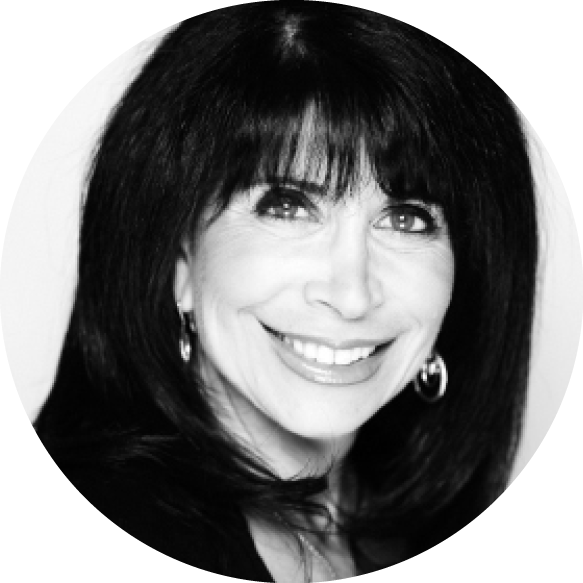supported by


Sheri Rowen, MD
Dr. Rowen is in practice with NVision Eye Centers in Newport Beach, California.
Please share with us your background.
I received my undergraduate degree from the University of Maryland College Park and then attended the University of Maryland School of Medicine in Baltimore. I completed a surgical internship and fellowship at Johns Hopkins University, followed by a 2-year vitreoretinal research fellowship at Wilmer Eye Institute. I then completed my ophthalmology residency at the University of Maryland.
I was in private practice for 19 years in Baltimore, where I founded and directed Mercy Medical Center’s full-service ophthalmology and aesthetics practice until 2015. In the past year, I relocated to Newport Beach, California, to be closer to my two grown daughters and am now in practice with NVision Eye Centers.
What is the focus of your current research?
Currently, I am focused on advanced cataract technology, especially methods to obtain the best outcomes for astigmatism correction. Dry eye disease (DED) has become a mainstay of the practice for pre- and postsurgical treatments. Understanding the causes and pathophysiology of DED as well as its management has been another area of research for me.
What has your experience been collaborating with industry?
Throughout my career, I have collaborated with a range of companies, from large to small, and I have fulfilled various roles in these partnerships, serving as a consultant, on advisory boards, on speakers’ bureaus, etc. These collaborations have been extremely helpful and have had a positive impact on my professional career. We are all in this together as partners, and we can bring ideas to industry and actually affect positive change for the benefit of our patients. I have learned from our partners in industry, and they learn from us clinicians, creating a wonderful synergy for advancement in our field.
In your opinion, how is the role of women in ophthalmology evolving?
Women in ophthalmology are starting to carve out prominent roles as educators, clinicians, professors, chairs, and industry consultants. We started as only a few women some years ago! Fortunately, so many more women now want to be involved on the podium and as leaders in our field, as we are entering an almost 50/50 split in residency training.
What, if any, hurdles do you feel women in health care still face?
Women still face the same issues we have faced for many years, including our biological timeline, for starters. Many want to achieve good work-life management being mothers and wives, and those tasks, although precious and important, do take us away from other pursuits. It seems that we might get started a little later in seriously building our own careers, but we do get there nonetheless, perhaps with greater effort. Because it is hard to travel and leave young families, newly trained female ophthalmologists do not tend to rise on the lecture circuit until their families are a bit older. The other issues should be resolving by now, but equality and compensation in a practice are paramount, and many women do not feel they can speak up for themselves with ease. This too will be changing but is still difficult for some.
What advice can you offer to young female ophthalmologists who are still in training or just beginning their careers?
Finding a mentor who has gone through it all is very helpful. Members of ophthalmic societies such as Cornea, External Disease and Refractive Surgery (CEDARS), American Society of Progressive Enterprising Surgeons (ASPENS), Ophthalmic Women Leaders (OWL), and Women In Ophthalmology (WIO) can be assets for young ophthalmologists, depending on what they are trying to achieve. Those of us who know the ropes are usually very willing to guide these individuals, help them avoid certain pitfalls, and make life easier in general.
I would also recommend that young ophthalmologists learn everything and more to enhance their surgical skills and understanding. This entails much more learning beyond residency and truly becomes a different skill set as you evolve and will set you apart from many of your counterparts. Lastly, create time to further your own goals and follow your dreams. Find what excites you, and work toward mastery. If you believe it, you will achieve it, and it is really a fun and rewarding path!
Can you propose a unique or creative idea that may help women in ophthalmic practices?
I created a unique practice of cataract, refractive, and aesthetics many years ago, making sure I could be proficient in all three subspecialties. Women are naturals in aesthetics, and patients love us to do their work, so don’t limit your skill set.
Basic cataracts have evolved into refractive cataract surgery, which is a very different and difficult specialty, and we have to buy in and invest ourselves. If you need a piece of equipment that will serve you to become a better practitioner, do not be afraid to buy it yourself, even if your partners do not agree. Specialize in early recognition and treatment of DED and meibomian gland dysfunction, and do not miss a great opportunity to build your practice while doing the right thing for your patients.


